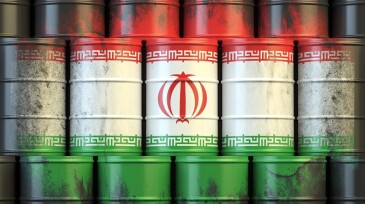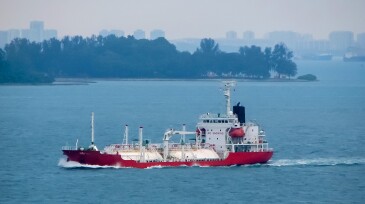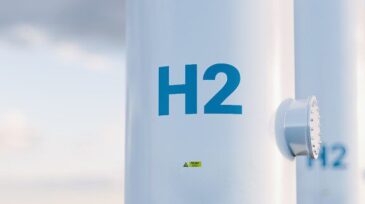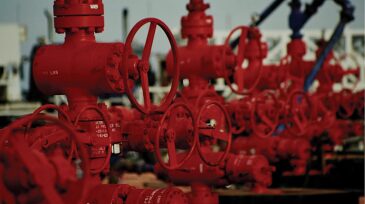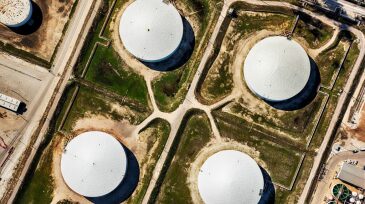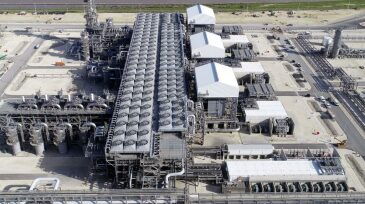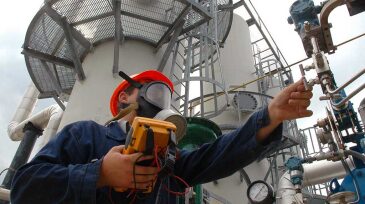US
-
The US Department of Justice also announced the seizure of almost 1 million bbl of Iranian crude oil.
-
Energy security in Europe—and globally—now rests on US natural gas exports. Europe’s shift from Russian gas to other supplies has dramatically and permanently changed global gas trade and energy markets.
-
The US/UAE Partnership for Accelerating Clean Energy (PACE) is set to catalyze $100 billion in financing, investment, and other support and to deploy globally 100 GW of clean energy by 2035 to advance the energy transition and maximize climate benefits.
-
A hydrogen storage study, a new pilot in San Diego, and a UK boost lead the energy transition charge along with a new offshore wind project, marketplace for solar procurement, and fresh funds earmarked for emissions reduction.
-
Oil production in the US is resurging and poised to refute some skeptics who believed domestic output peaked just prior to the COVID-19 pandemic.
-
2020 was a year of turmoil for the upstream industry in the US, while 2021 proved to be a year of recovery.
-
The pressure pumping business has been looking up this year, but the price paid to buy a big player in that business, FTS International, suggests growth may not last.
-
The US remained Europe’s biggest supplier of LNG in Q1 2021, a position it has held since mid-2019 when competition with Russia began to heat up.
-
Thanks to a resilient natural gas market, the US led all other nations in hydrocarbon production in terms of total energy output.
-
The confluence of a pandemic, a price war, and extreme weather sent the US production engine into reverse last year, marking the largest annual drop in output on record. New figures on the decline come as the market senses higher oil prices coming.

